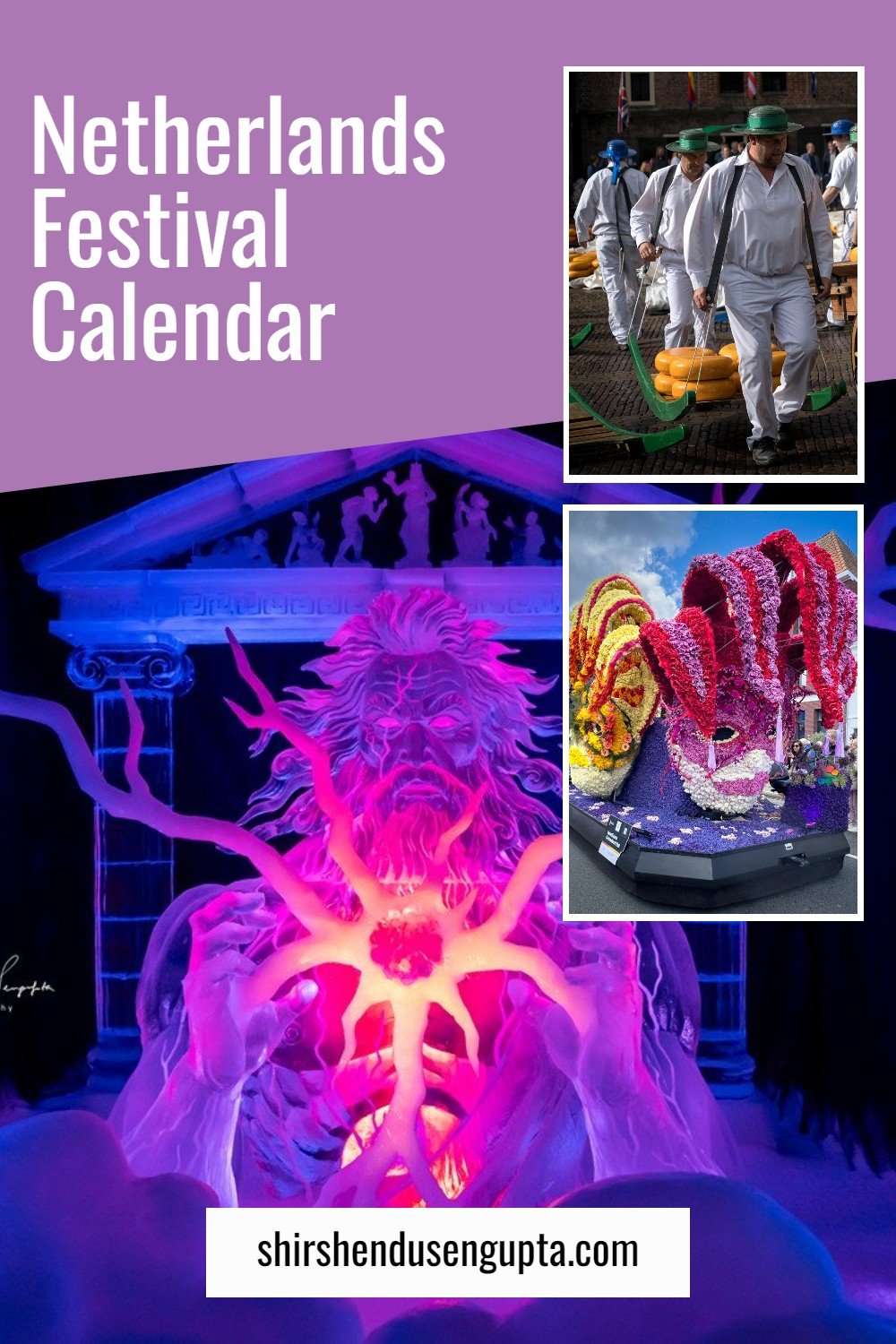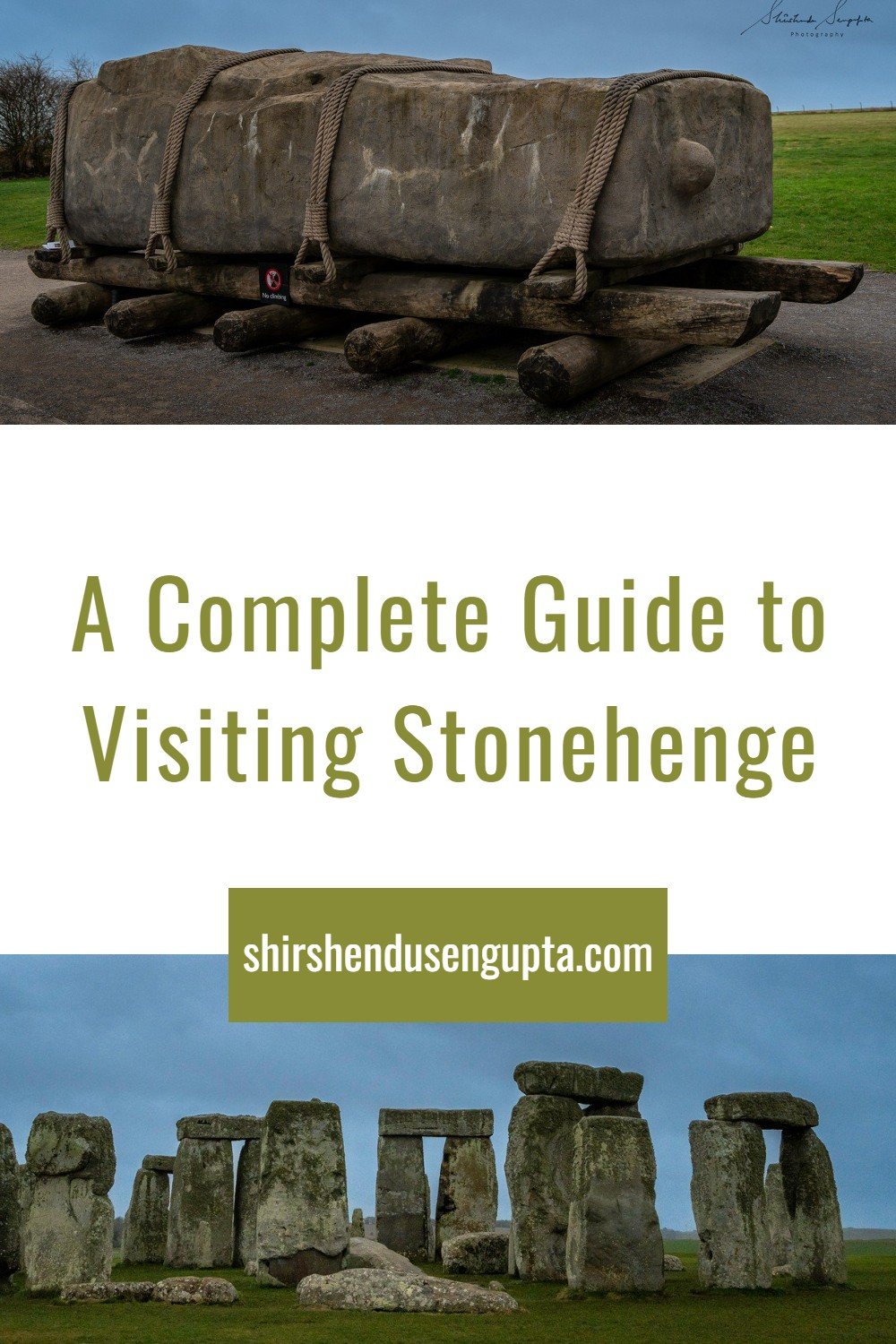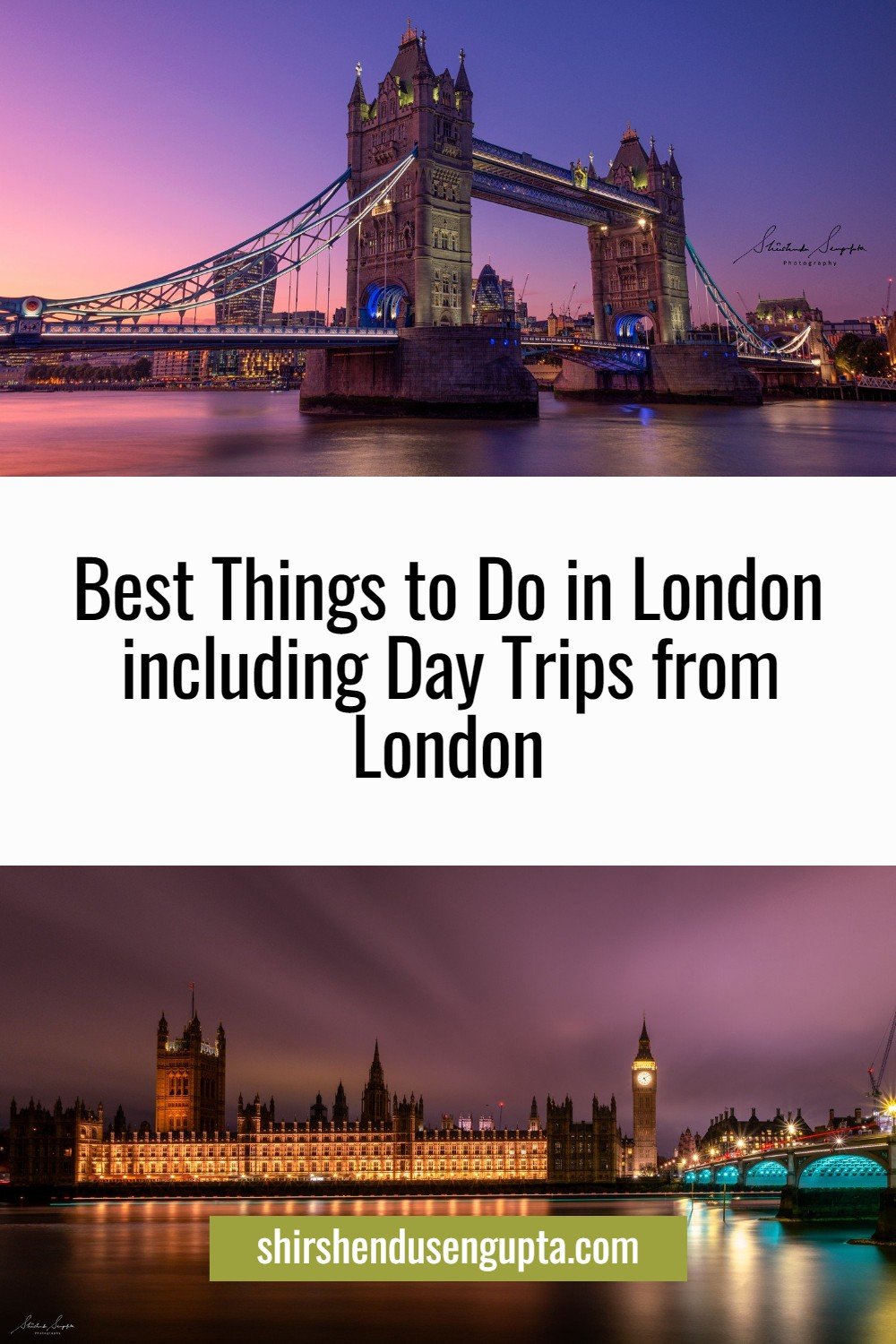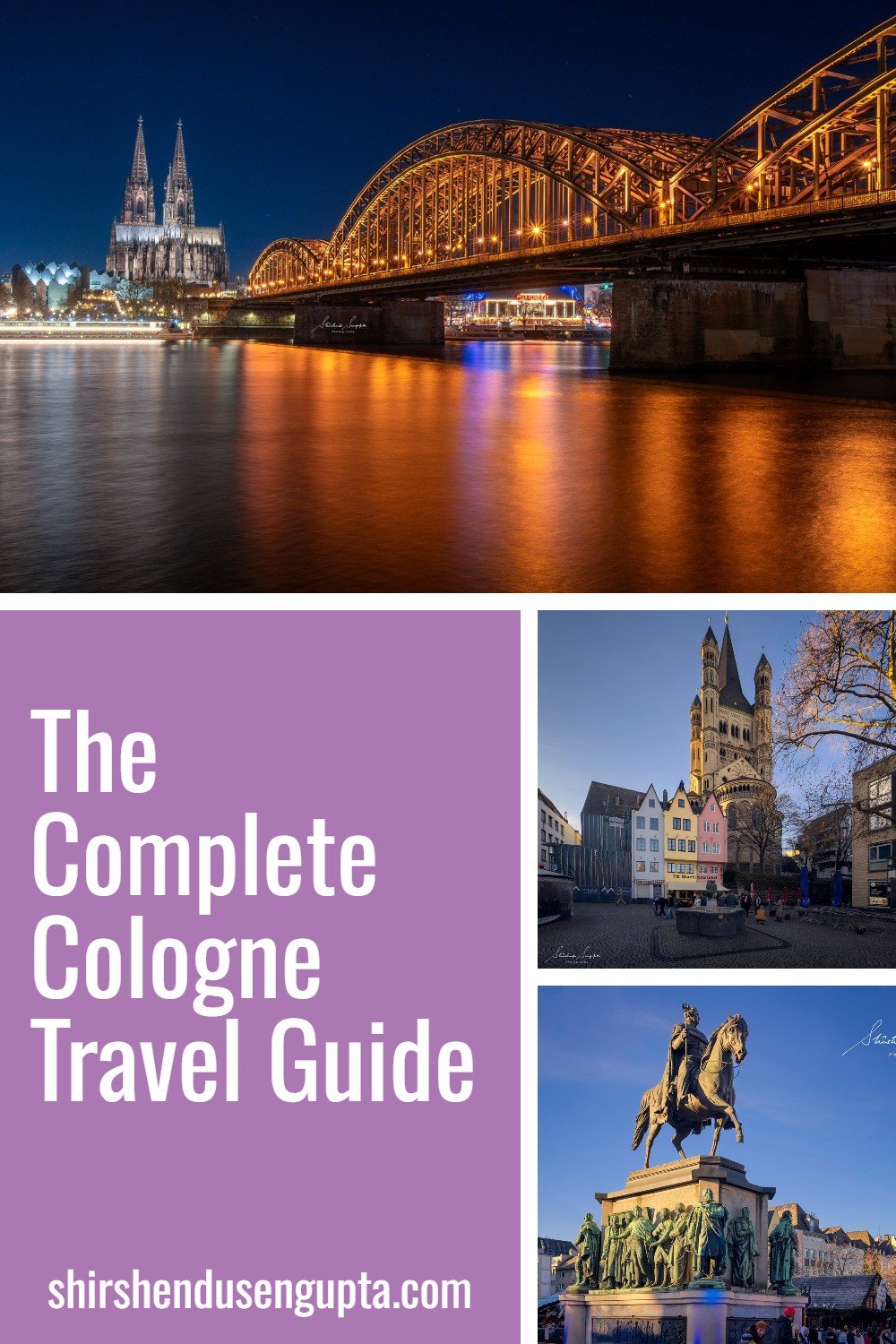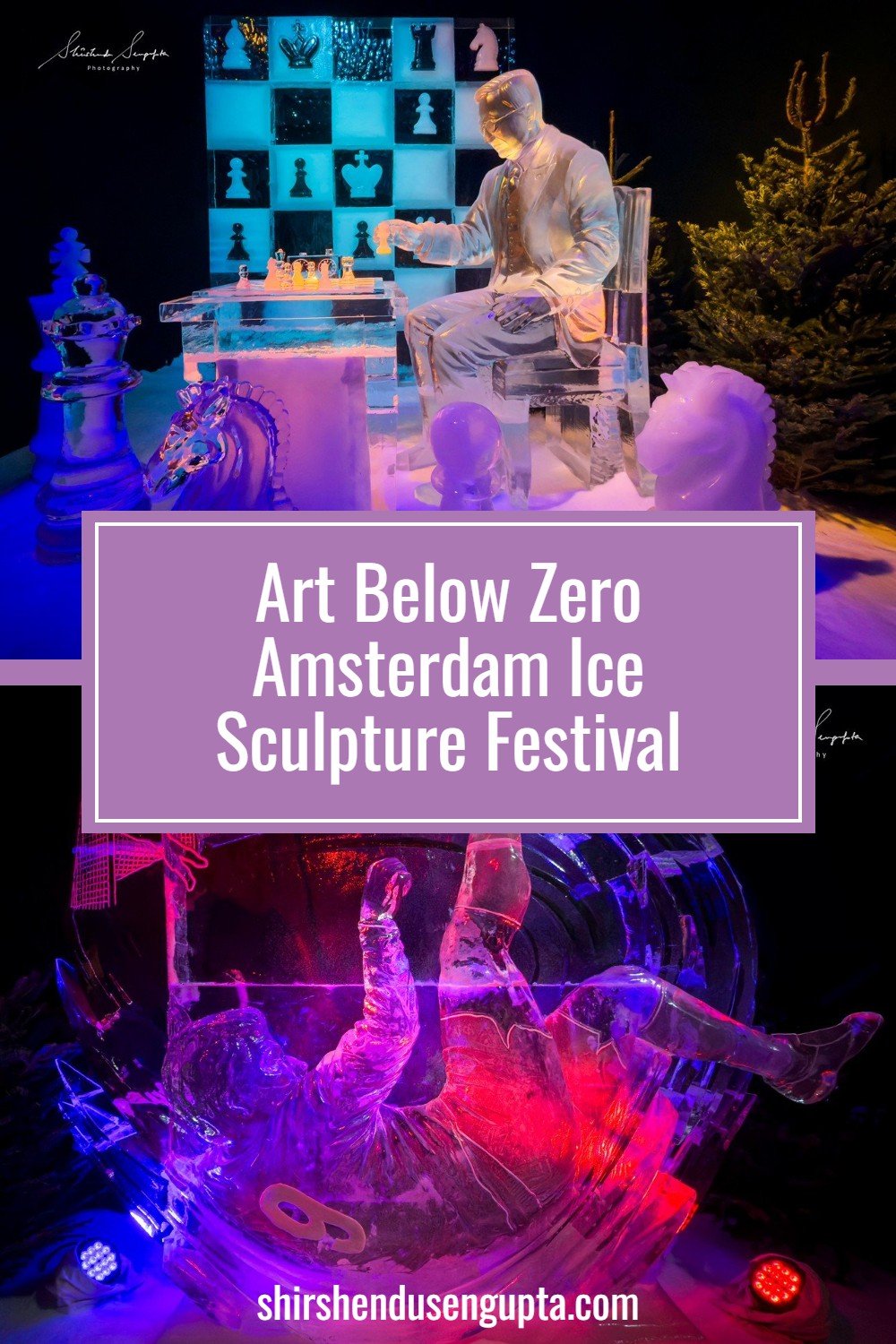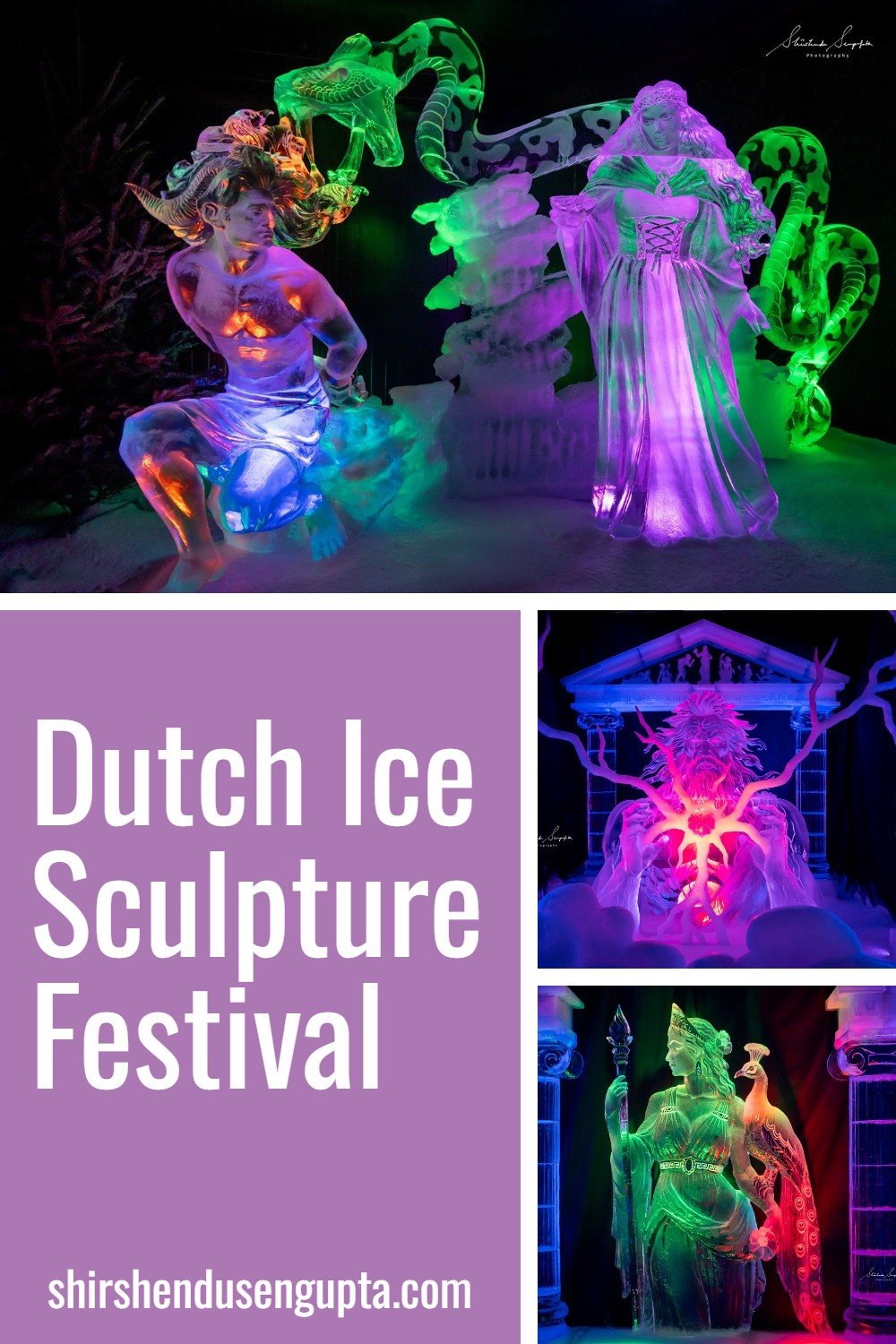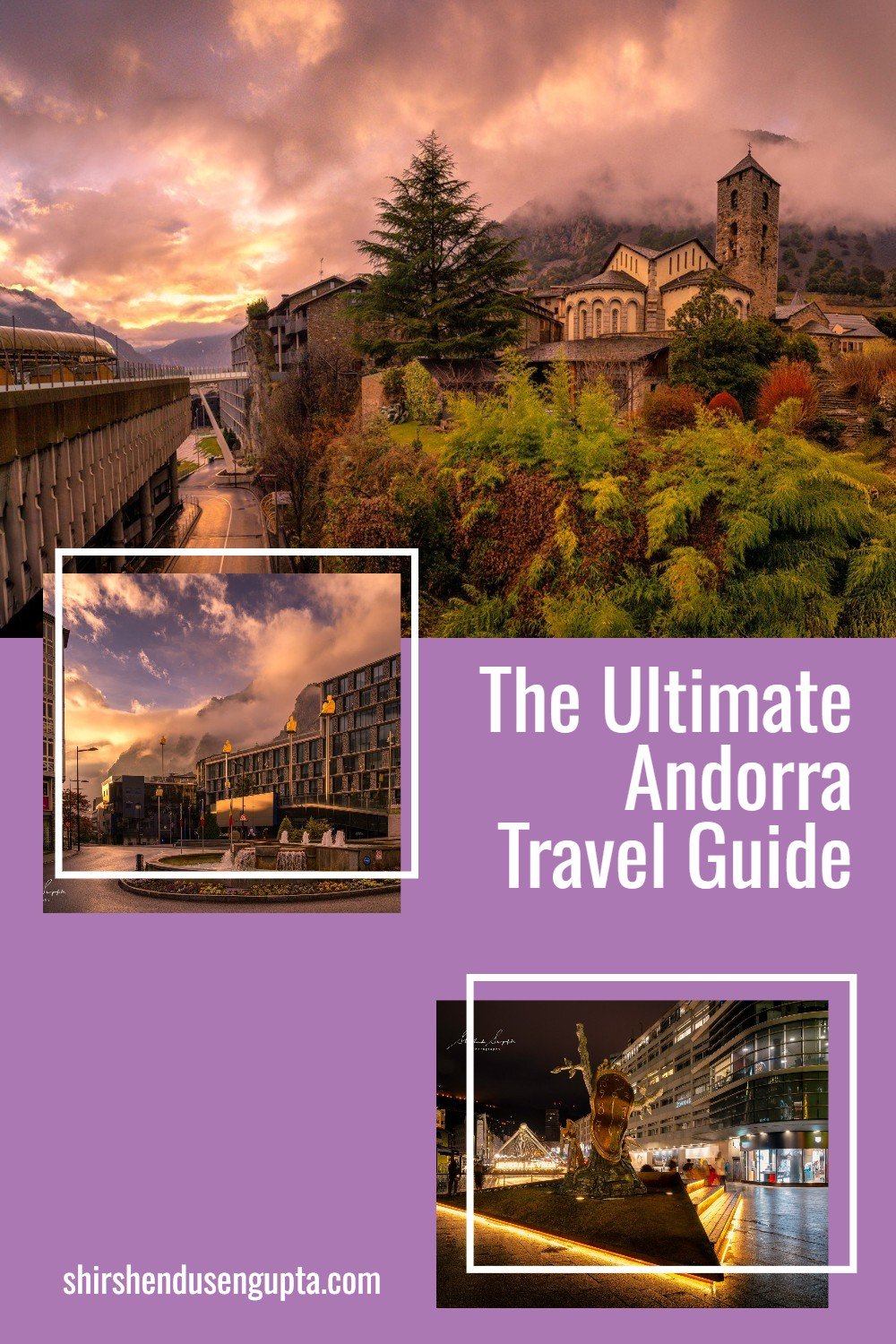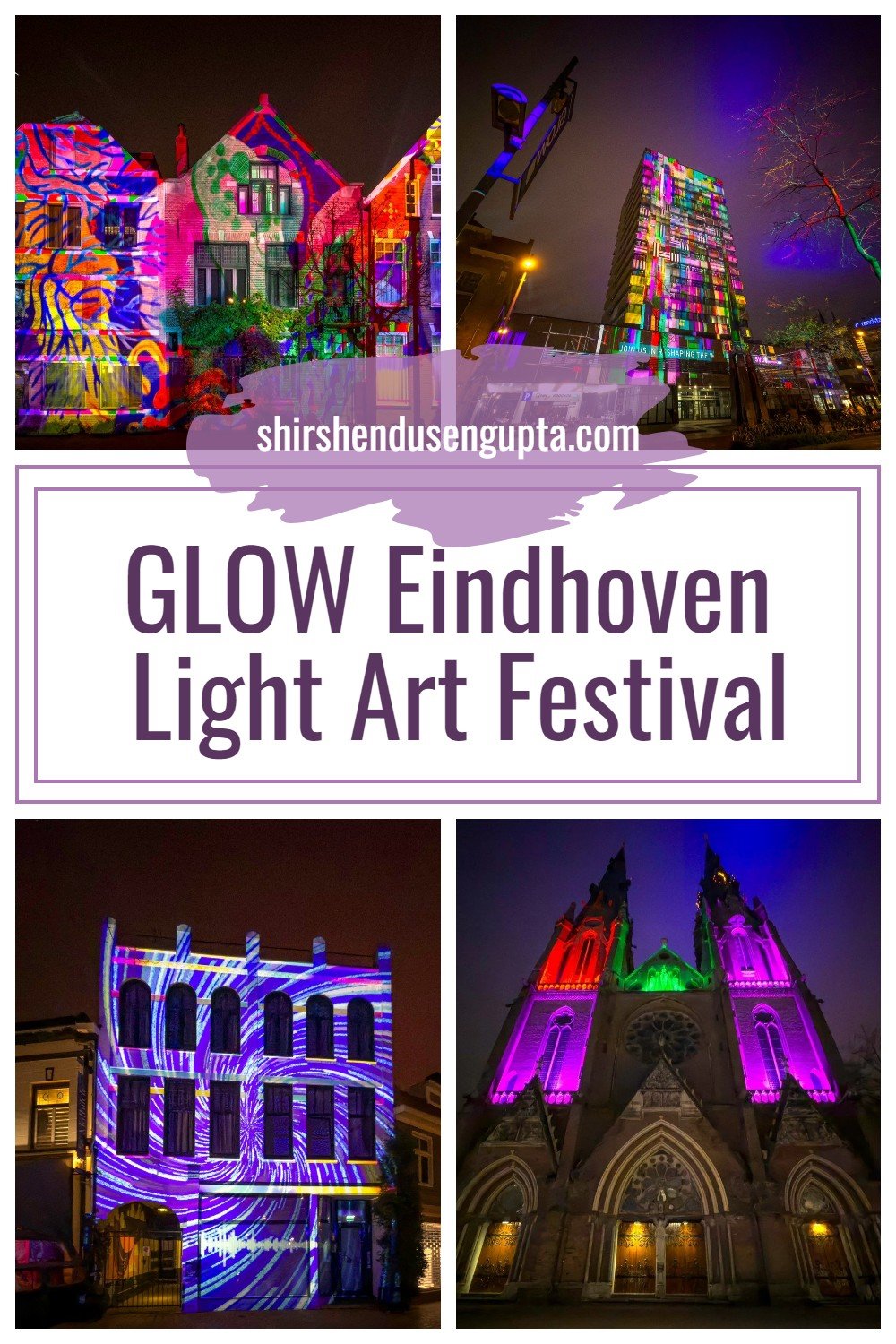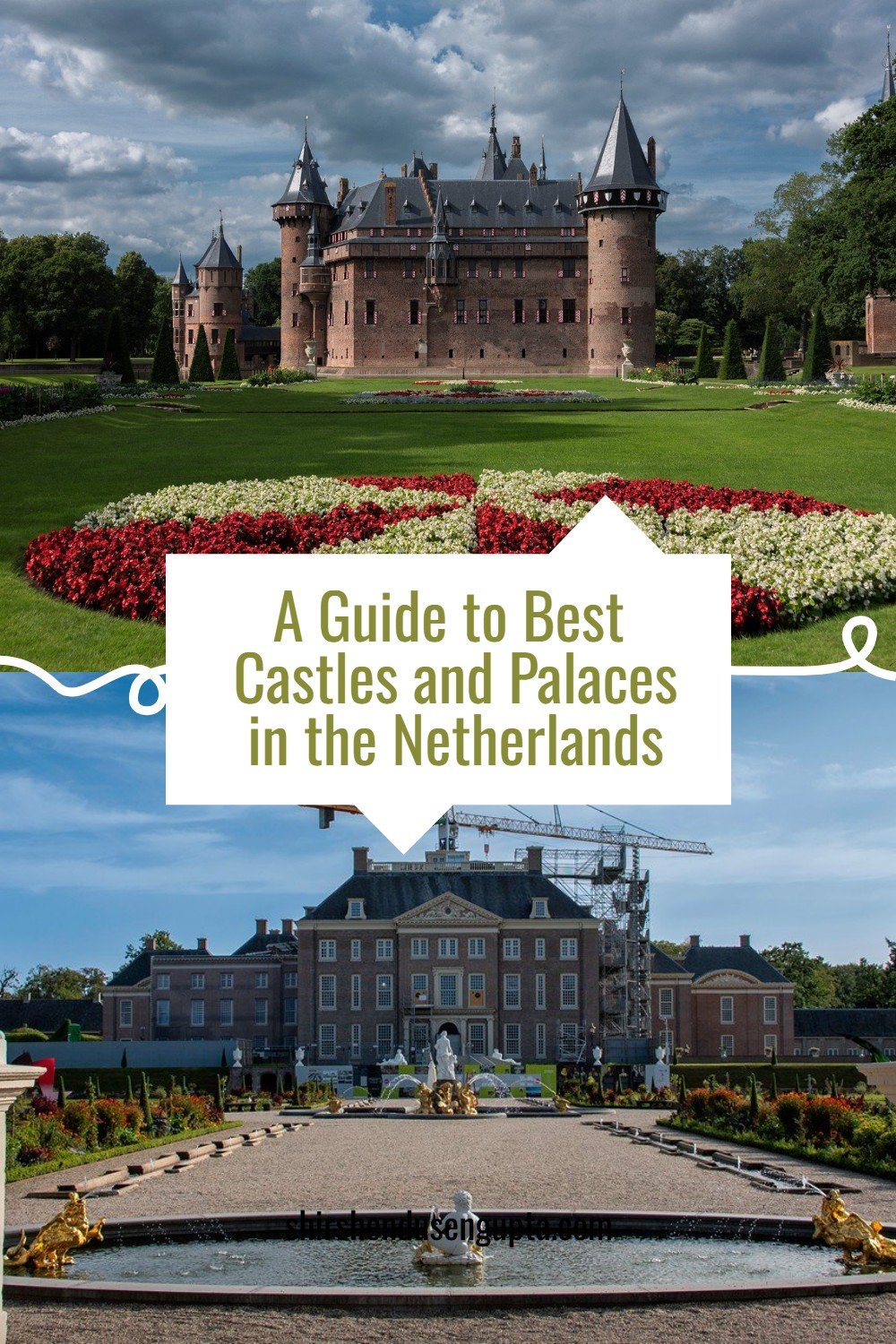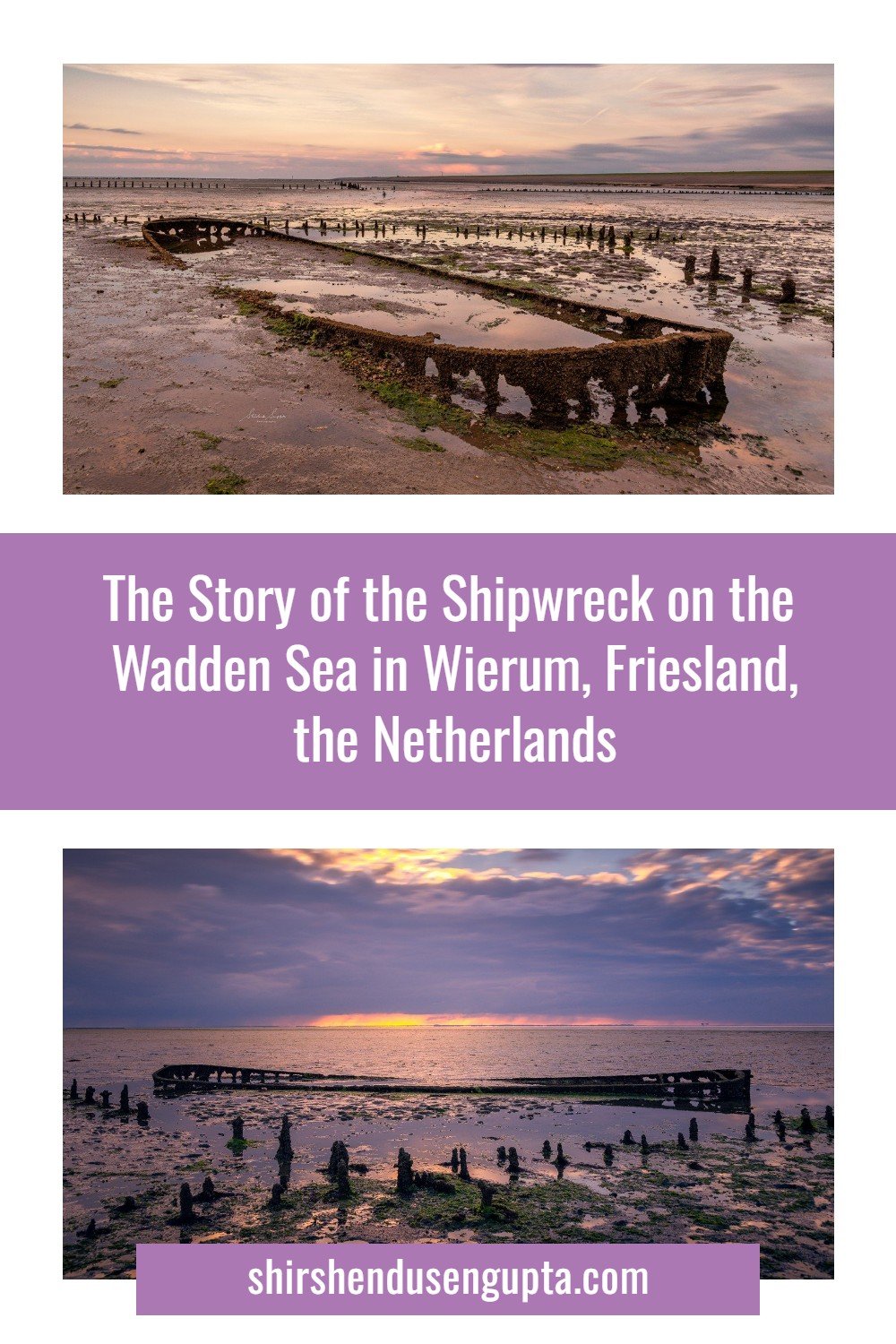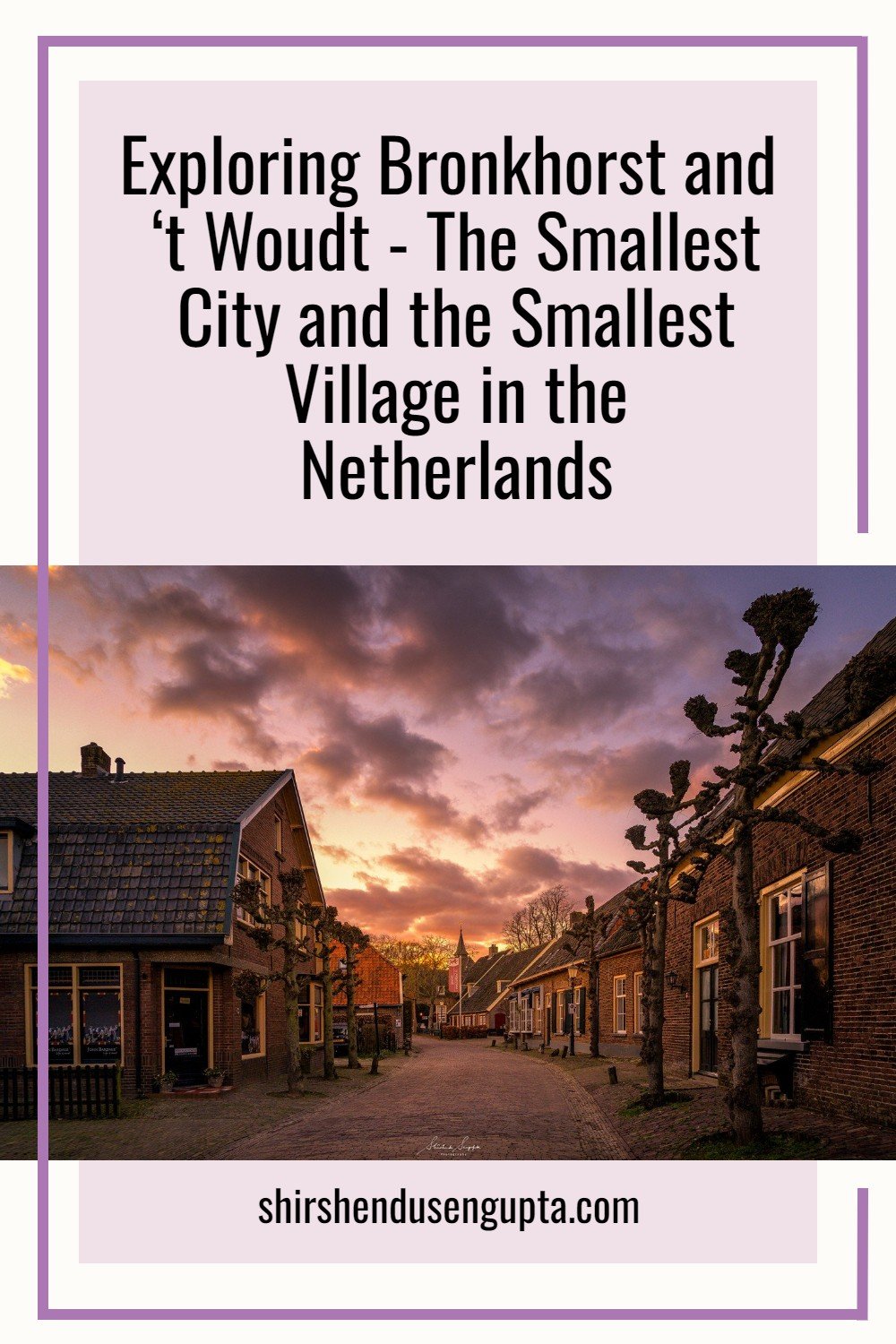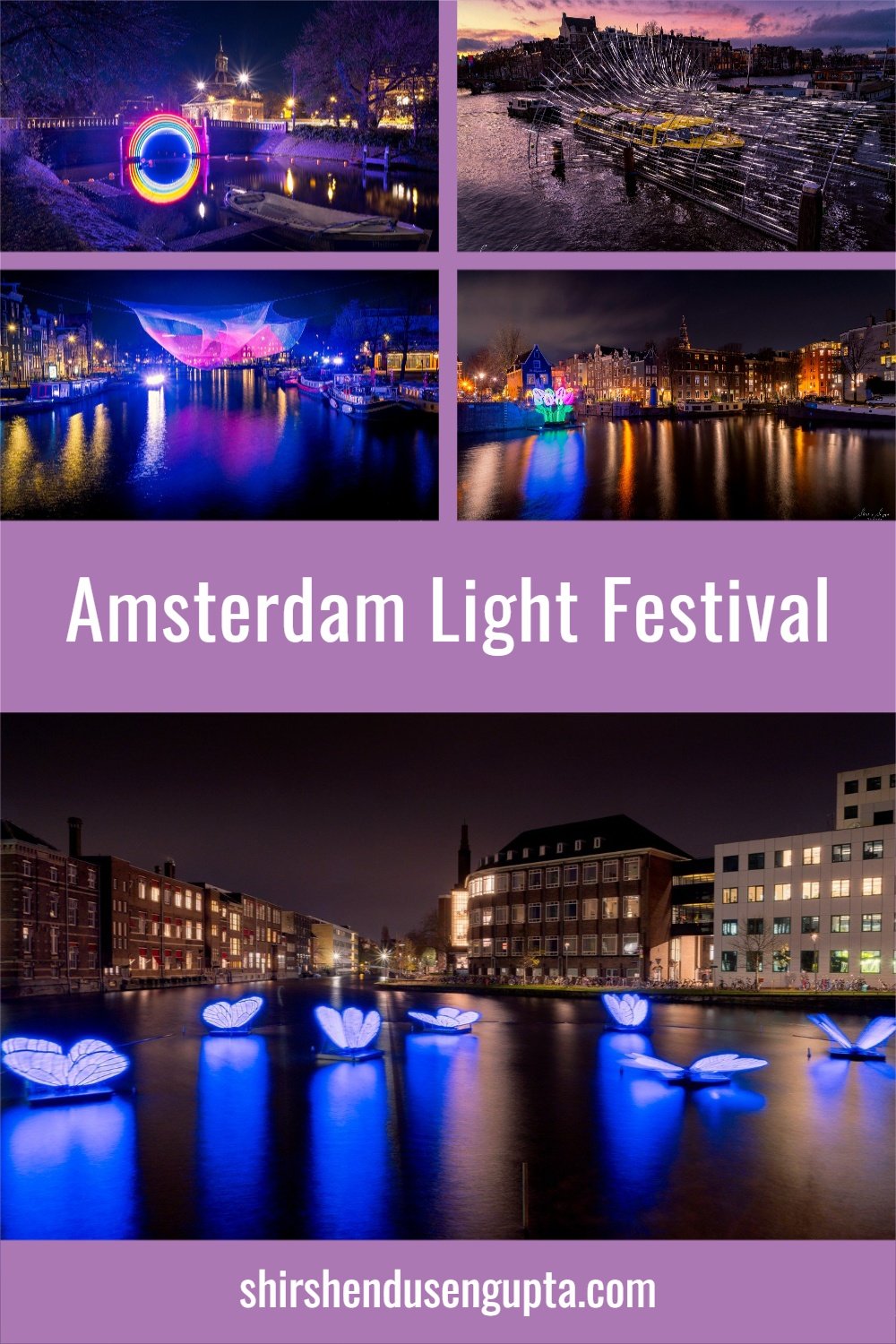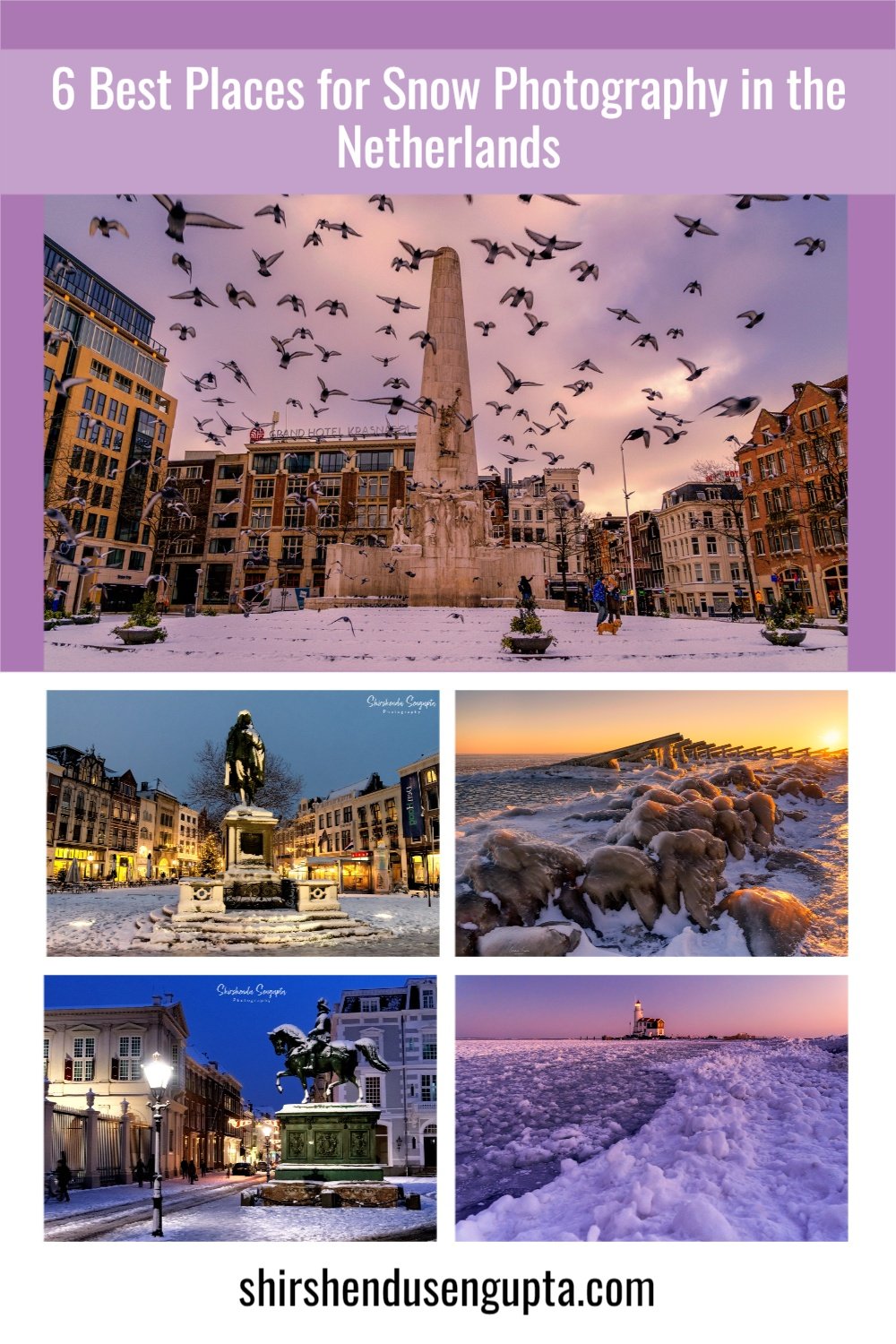The Christmas Markets of Hallstatt | Top 7 Things to See and Do during Christmas in Hallstatt | 7 Best Places to Visit during Winter in Hallstatt, Austria
Prologue
There’s something truly magical about Christmas in Austria. Picture snow-dusted rooftops, twinkling fairy lights, the aroma of roasted chestnuts in the air, and charming markets set against breathtaking Alpine backdrops. Our journey through Innsbruck, Hallstatt, and Salzburg felt like stepping straight into a Christmas postcard, where every town square turned into a festive wonderland and every cobbled street carried the spirit of the season. From sipping mulled wine beneath the Golden Roof in Innsbruck, to wandering through the storybook lanes of Hallstatt, and soaking in the music-filled charm of Salzburg, each stop along the way offered its own unique holiday magic. So, based on our experience, today I’m going to take you along with me on a ride across the top 7 things to see and do during Christmas/winter in Hallstatt, arguably the most photographed village in the world. Let the journey begin!
And if you want to know about the Christmas Markets in Innsbruck, please read our article The Christmas Markets of Innsbruck | Top 14 Things to See and Do during Christmas in Innsbruck | 14 Best Places to Visit during Christmas in Innsbruck, Austria, or if you want to know about the Christmas Markets in Salzburg, please read our article The Christmas Markets of Salzburg | Top 7 Things to See and Do during Christmas in Salzburg | 7 Best Places to Visit during Christmas in Salzburg, Austria.
About Austria
Austria is a mountainous landlocked Alpine country in Central Europe with just 32% of its land below 500 meters (1,640 feet). The majority of the people speak German, which is also the official language of the country. Croatian, Hungarian, and Slovene are the other official languages in the area.
This little country endured more than a quarter-century of social and economic turmoil, as well as a Nazi dictatorship, in the decades after the collapse of Austria-Hungary, the multinational empire of which it had been the heart, in 1918. Nonetheless, Austria was able to develop into a stable and socially progressive nation with a flourishing cultural life reminiscent of its earlier days of international musical glory thanks to the establishment of permanent neutrality in 1955, which coincided with the withdrawal of Allied troops who had occupied the country since the end of World War II. The historic Vienna (Wien), the former seat of the Holy Roman Empire and a city famed for its architecture, is Austria's capital.
Welcome to Hallstatt
Nestled between the edge of Hallstätter See and the towering Dachstein mountains, Austria’s oldest and possibly most photographed village with pastel-colored houses that cast shimmering reflections onto the glassy waters is undoubtedly a miracle of creation. To experience its true beauty, one has to sail through the tranquil waters of Lake Hallstatt to reach this tiny, serene village situated precariously on a narrow stretch of land between mountain and shore. Considered by some to be one of the most beautiful places on earth, Hallstatt is sometimes called “the pearl of Austria.” We visited Hallstatt on a cold winter morning during Christmas, amidst snow showers and temperatures around 10 degrees below freezing point. Still, the bewitching beauty of Hallstatt didn’t fail to enchant us. Not one bit!
Hallstatt houses the world’s first known salt mine (the meaning of its name) that dates back to the 2nd millennium BC. Hallstatt was also the site of an early Iron Age culture from 800 to 400 BC, known as the Hallstatt Era. Today Hallstatt is considered to be the oldest still-inhabited village in Europe.
Top 7 Things to See and Do during Christmas/winter in Hallstatt
1. Visit the Christmas Market at Market Square (Hallstatt Marktplatz)
The UNESCO World Heritage town's Market Square is undoubtedly one of Hallstatt's most beautiful spots. Every year, visitors from all over the world congregate in the ancient square, which is flanked by charming, tiny cottages. Visitors will find quaint cafes, restaurants, a popular bar for both young and old, motels, and, of course, souvenirs. The huge Holy Trinity statue, which was erected six years ago and suffered one of Hallstatt's worst calamities, stands in the center of the square. The majority of the square, including 35 houses across the town, was destroyed to ash and rubble on September 20, 1750, when a fire broke out in the "Keferbäcks" home, which is today the location of Café Derbl. The total cost of damage caused by the devastating fire in the currency of the time was 32,025 guilders.
The Market Square hosts a variety of events throughout the year. In the spring, it serves as a staging area for the traditional Hallstatt Corpus Christi procession, which is then continued on the lake if the weather permits. In the summer, there are numerous concerts by the Saline band, cultural evenings, and the large Hallstatt children's party at the end of July. It is especially lovely during Christmas when it hosts the Hallstatt Christmas Market, which enchants both young and old tourists from all over the world with its pre-Christmas festive mood.
The gigantic, brightly-lit Christmas tree and a three-dimensional nativity scene constructed by a local carpentry school will take your breath away. The numerous kiosks and stands are brimming with delectable cuisine as well as handcrafted Christmas gifts and decorations. Though the Hallstatt Christmas market is famed for its traditional goodies like mulled wine, Christmas punch, and bratwurst sausages, don't forget to taste some of its famous cookies and spicy smoked fish from Lake Hallstatt while you're there!
2. Visit the Lutheran Church
Hallstatt Lutheran Church, which is nestled on the lakefront, is an old but beautifully preserved landmark. It has a tall steeple clock tower that is visible from practically any vantage point in the neighborhood.
In the 16th century, Martin Luther's Reformation doctrines found good ground in the Salzkammergut, especially among miners. Evangelical preachers requested financial assistance from Catholic churches in their fight against religious authorities. However, the Archbishop of Salzburg's forces put down the rebellion, with the leaders being sentenced to death, their homes set on fire, and the protestants transported to Transylvania in Romania.
Only Emperor Joseph II’s ‘Edict of Toleration’ (1781) permitted Protestants to practice their religion freely. At the time, 500 Hallstatters declared themselves to be Evangelical Christians. The Neo-Gothic Evangelical Church of Christ was eventually created in 1863, following Emperor Franz Joseph I’s ‘Protestant Patent,’ which granted the Evangelical faith entire equality with the Catholic faith.
3. Climb up to the Catholic Parish Church (Pfarrkirche Mariä Himmelfahrt)
In the center of Hallstatt, the catholic parish church is a lovely jewel. The modest Roman church was built in 1181, and its powerful tower, which comes from the 12th century, attests to this. Daringly erected in the late Gothic period high on a cliff with a dangerous drop, the current church was completed in 1505. Shortly after, the church became the focal point of the war for faith, and it was protestant for a time. However, it remained a treasure in the hearts of all Salzburg's salt miners and wealthy salt mine lords, whether in the market square or in the yard. The care of this treasure has been in the hands of the local church community since 1939. The catholic parish church was entirely refurbished in 2002.
4. Visit the Hallstatt Cemetary and the Chapel of St. Michael (Michaelskapelle) with Ossuary (also known as the Bone Chapel)
Once you climb up to the Catholic Parish Church, you will come across the Hallstatt cemetery and the Chapel of St. Michael (Michaelskapelle) with Ossuary (also known as the Bone Chapel). The quintessentially minuscule cemetery of Hallstatt, standing on the rocky grounds of the parish church with the Dachstein mountains as the backdrop, offers a unique experience. The cemetery is so small that the villagers dig up the graves every few years to make space for the newly deceased, and the dug-up bones are taken to the ossuary where they are decorated at the Bone Chapel. When we arrived at Hallstatt, the Bone Chapel was undergoing reconstruction and hence closed to public viewing.
5. Wander through the Old Town
Walking around the lovely streets of Hallstatt in the winter is one of the greatest things to do. The town is small and walkable, but if you want to avoid the throng and explore the hilly backstreets, be prepared for many stairs and slopes, which is also a part of the experience.
6. Get postcard views of Hallstatt
A walk along Hallstatt's main lakefront boulevard is lovely, calm, and straight out of an Alpine fairy tale. Although the walk from south to north through the tranquil village is only about a kilometer long, it will remain etched in your mind for the rest of your life. You won't want the stroll to stop, with typical village perspectives, scores of gorgeous swans on the water's edge, and centuries-old half-timber dwellings tightly packed along the lakeside. Take your time, absorb everything, and fall in love with Hallstatt!
And while you walk, don’t forget to click the postcard pic of Hallstatt. To make it easy for you, I’m sharing the address and the GPS coordinates of the viewpoint below.
Classic Village Viewpoint Address: Gosaumühlstraße 67, 4830 Hallstatt, Austria; GPS Coordinates: 47.5646° N, 13.6499° E
7. Other (seasonal) activities near Hallstatt
Apart from these, you can also visit the following magnificent wonders in the surroundings of Hallstatt. However, most of these are open seasonally, so please check before your travel.
Dachstein Ice Cave (closed during winter) and 5 Fingers Lookout Point (closed during heavy snows). For more information please visit dachstein-salzkammergut.com/en/
Salzwelten Hallstatt or Hallstatt Salt Mine (closed during winter) and Skywalk. For more information please visit salzwelten.at/en/hallstatt
Visiting Hallstatt
Best Time to Visit: The best seasons to visit Hallstatt are spring (April to June) and fall (September to October) when the temperature is moderate and there are fewer tourists than during the busy summer months. With colorful foliage in the autumn and blooming flowers in the spring, these seasons make Hallstatt especially lovely. However, since we wanted to enjoy the Austrian Christmas ambiance we decided to travel to Hallstatt during the third week of December.
Number of Days to Stay: Although Hallstatt is a small village, a two to three day stay is recommended to properly explore the area, take in the stunning views of the lake and surrounding mountains, and sample the local cuisine and culture. However, if you are short of time, you can also take a day trip to Hallstatt from Innsbruck like we did.
Best Place to Stay: Because Hallstatt is small, there aren't many lodging alternatives, so it's best to make reservations well in advance, especially during the busiest travel times. The village offers a variety of lodging options, including hotels, guesthouses, and even rental apartments, all with stunning views of Lake Hallstatt and the neighboring Dachstein mountains. As mentioned above, we did not stay in Hallstatt. We stayed in Innsbruck and did a day trip to Hallstatt from there.
Best Way to Arrive: Train travel is the most popular method to get to Hallstatt, followed by a bus or ferry voyage. About three kilometers from Hallstatt is Obertraun, home to the closest train station. You can take a bus straight to Hallstatt from Obertraun or take a ferry over Lake Hallstatt to get to the village. If you like, you can drive your own vehicle to Hallstatt. However, bear in mind that there isn't much parking available in the village, so you might have to park outside and ride the shuttle bus. During our Austrian Christmas Market trip, we first flew into Innsbruck from the Netherlands. Thereafter we spent three days in Innsbruck (including the day trip to Hallstatt). Then we traveled by train from Innsbruck to Salzburg, explored the city for another three days, and then flew back to the Netherlands from Salzburg. On our day trip to Hallstatt from Innsbruck, we traveled to Obertraun from Innsbruck by train and then took the ferry across Lake Hallstatt to reach the village of Hallstatt.
Best Local Mode of Conveyance: Hallstatt is a small village that is best explored on foot. With its lovely buildings, stores, and cafes lining its small cobblestone streets, the village center is a pedestrian-friendly area. In addition, you may take a boat excursion on Lake Hallstatt to see breathtaking views of the village and the Alps, or you can rent bikes to explore the neighborhood. If you would rather not walk, there is also public transit, such as buses and boats, that can take you to neighboring sites or villages.
Epilogue
So that brings us to the end of our journey across the top 7 things to see and do in Hallstatt during Christmas/winter. Please let us know in the comments below if you enjoyed reading this article. And, if you want to know how to travel to Hallstatt from Vienna, the capital of Austria, I recommend you to check out a blog article written by my friend Peter Koch and his wife Danielle Koch named How to Travel from Vienna to Hallstatt (Complete Transport Guide!)
Also, if you want to know about the Christmas Markets in Innsbruck, please read our article The Christmas Markets of Innsbruck | Top 14 Things to See and Do during Christmas in Innsbruck | 14 Best Places to Visit during Christmas in Innsbruck, Austria, or if you want to know about the Christmas Markets in Salzburg, please read our article The Christmas Markets of Salzburg | Top 7 Things to See and Do during Christmas in Salzburg | 7 Best Places to Visit during Christmas in Salzburg, Austria. Until then, merry traveling and happy shooting!
Pin the article
Bookmark the article for reading later!
Want to license/buy photos in the article?
License photos for commercial/editorial use or buy photo prints!
Want us to write an article for you?
Articles for magazines, newspapers, and websites!
Watch our Videos
Check out our videos on our Youtube Channel!
Join the Newsletter
Get updates on our latest articles!
We respect your privacy. Read our policy here.



